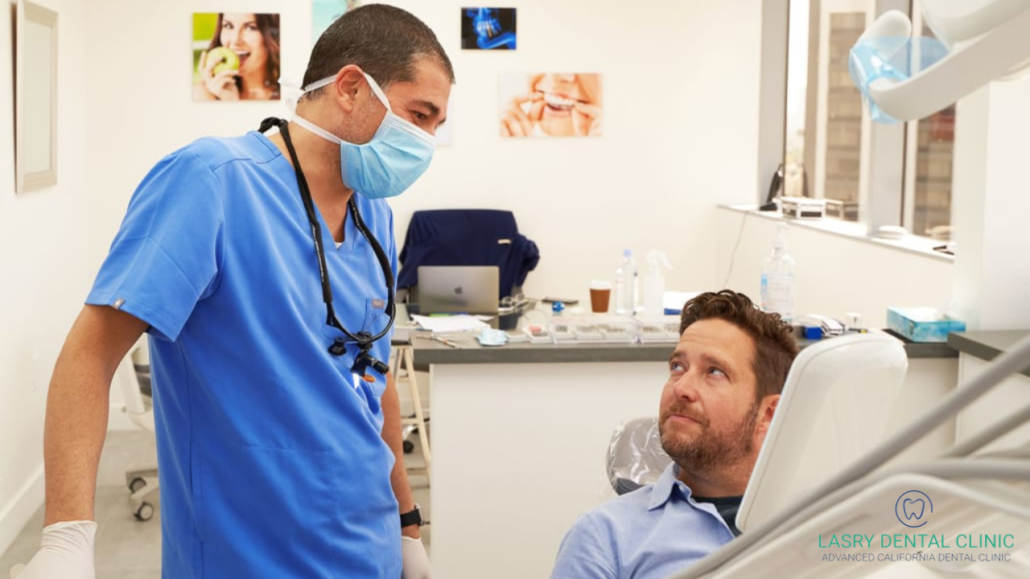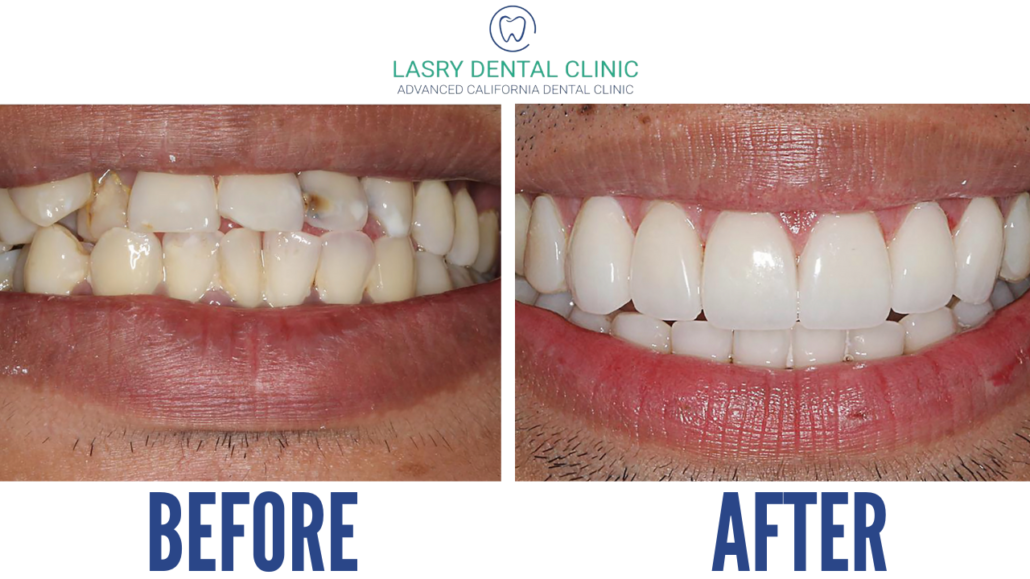Is Invisalign Painful? 5 Tips for Coping with Pain and Discomfort
If you’ve had braces, you know that they are— well, let’s just say less than comfortable. But what about Invisalign? Is Invisalign painful?
If you’re worried about possible discomfort, just know that you’re not alone! We get this question a LOT! Luckily, there are ways to minimize pain and discomfort during treatment.
Pain-Free Invisalign: 5.Tips from Dr. Lasry
Many people are concerned about the level of pain they might experience during their Invisalign journey. Dr. Lasry, our experienced dentist is Los Angeles, has some great tips to share to make your Invisalign experience as pain-free as possible.
Whether you’re in the early stages of Invisalign treatment or already well into the process, these tips can help make the journey more comfortable and— dare we say— enjoyable?
RELATED: THESE 8 CELEBRITIES WEARING INVISALIGN PROVE IT’S WORTH IT!
Tip 1: Take over-the-counter pain relievers.
If you experience discomfort or pain while wearing Invisalign aligners, over-the-counter pain relievers such as acetaminophen or ibuprofen can help alleviate the pain.
Always follow the recommended dosage on the packaging and consult with your orthodontist if the pain persists.
According to the American Dental Association, over-the-counter pain relievers can help relieve any discomfort associated with orthodontic treatment.
Tip 2: Stick to a soft food diet.
During the first few days of wearing a new set of Invisalign aligners, you may experience some soreness and discomfort.
To alleviate this, stick to a soft food diet for the first few days. Foods like soup, mashed potatoes, and smoothies can be easier to eat and will help avoid any additional discomfort caused by chewing.
Keep in mind that there usually are no food restrictions for using Invisalign. On their website, they even said, “Invisalign clear aligners are removable, so there are no food restrictions at all (hello popcorn!). With traditional wires and brackets, there’s a long list of foods you unfortunately can’t enjoy because they can damage or get stuck in your braces.”
Tip 3: Use dental wax.
If your aligners are rubbing against your cheeks or lips, dental wax can be an effective way to relieve any discomfort. Simply place a small piece of wax over the part of the aligner, causing pain.
Tip 4: Keep up with oral hygiene.
A good oral hygiene routine is crucial when wearing Invisalign aligners. Here’s how to properly brush and floss your teeth to avoid any pain or discomfort caused by food particles getting stuck in your teeth or aligners.
Tip 5: Communicate with your dentist.
If you’re experiencing pain or discomfort during Invisalign treatment, it’s important to communicate with your dentist.
This may seem obvious, but you won’t believe how many months (yes, MONTHS) people will wait before they tell their dentist about oral pain.
RELATED: HOW TO CLEAN INVISALIGN RETAINERS FROM HOME
FAQS on Invisalign Pain
So, is Invisalign painful? Yes. Sort of. Sometimes.
Honestly, the answer is different for everyone. We assume that because you’re here, you’re trying to get rid of the irritation in your mouth so that you can get that perfect smile ASAP.
But how much Invisalign pain is normal? Let’s discuss it:
RELATED: 5 REASONS TO CONSIDER INVISALIGN WITH ATTACHMENTS
Why does Invisalign hurt?
Believe it or not, forcing your teeth to gradually shift can cause some discomfort or soreness!
The aligners apply gentle and consistent pressure to your teeth, which helps them move into the desired position. This pressure can cause your teeth to feel sore or tender for a few days after starting a new set of aligners.
Additionally, the aligners may rub against your gums or tongue, causing minor irritation or soreness.
How long does it hurt?
Invisalign treatment may cause discomfort or soreness during the first few days after starting each new set of aligners.
However, this pain usually subsides within a week as your teeth adjust to the new aligners. You may also experience discomfort for a day or two after each new set of aligners is placed.
If the pain persists beyond a few days, it is best to consult your orthodontist.
Should I expect pain or discomfort when switching to a new set of aligners?
Yes, it is normal to experience some discomfort when you switch to a new set of Invisalign aligners. Remember, your teeth are shifting, after all!
How do I know if my Invisalign pain or discomfort is normal?
In short?
- Normal Invisalign pain timeline: 1-2 weeks
- Abnormal Invisalign pain timeline: Months
If the pain is severe or persists beyond 7 days, you should contact your dentist. Additionally, if you experience any other unusual symptoms, such as bleeding or swelling, you should seek medical attention.
Is Invisalign less painful than braces?
In general, Invisalign aligners are considered to be less painful than traditional braces. The aligners are made of a smooth plastic material that is less likely to irritate your gums and cheeks than metal braces.
Additionally, Invisalign aligners apply gentle and consistent pressure to your teeth, which may cause less discomfort than the periodic adjustments required with braces. However, everyone’s experience is unique, and some people may still experience discomfort with Invisalign treatment.






Leave a Reply
Want to join the discussion?Feel free to contribute!